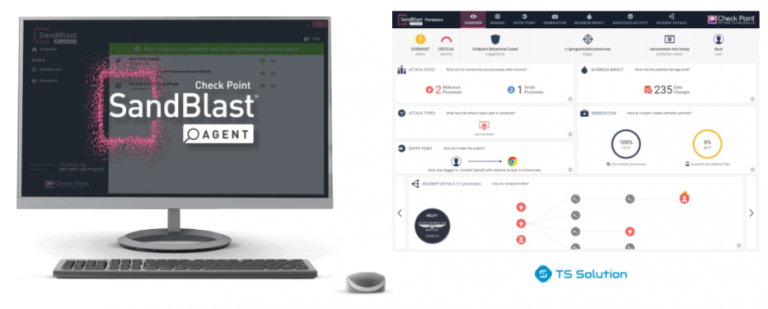Opportunity decision tree
Possibility Decision Tree (Opportunity decision tree) – a simple visualization of your plan to achieve the desired result.
A feature decision tree helps you non-linearly structure what you learn from market, product, and user research through a stream of ideas, experiments, and gaps.

Using a feature decision tree brings a number of benefits to the product team:
-
Helps resolve conflicts between business needs and customer needs
-
Creates and maintains a shared understanding of how the desired outcome can be achieved
-
Helps to adopt a continuous iterative process of research
-
Builds confidence in knowing what to do next
-
Simplifies stakeholder management through transparency
We take a product backlog filled with problems, ideas, wishes, and feature requests that are difficult to manage and prioritize, and start building a tree out of it:
Step 1 Tree Root: The process of building a tree begins with your desired outcome, a business need that reflects how your team can create business value.

If your team is using OKRs, then you can use your Key Findings. If not, then you can use any business metric that you plan to improve. It is advisable to concentrate and build a tree for one metric, or create clear priorities between metrics.
Similarly, it is preferable to build a tree for a specific segment of users. If there is a set of similar segments with minor nuances, then reference to these nuances can be pulled down the tree.
A product is created and developed by constantly searching for and recognizing Opportunities in the market, obtained through the study of the needs and pain points of your customers.
Opportunities are the problems, pains and desires of your customers, not ideas or emotions.
Step 2 Problem Space: Adding Opportunities to the tree that can influence the achievement of the desired result. All the rest are distracting, cut them off.

We process the collected possibilities, group the possibilities into a single one, where the same thing is formulated in different words.
We form vertical parent-child relationships for possibilities where one is a subset of the other, and solving the subset problem solves part of the top-level problem.
Deconstructing the parent capability into subsets allows for easier prioritization between them, and moving in short, iterative, more predictable steps towards the desired result. Also, if there are similar opportunities, it is worth looking for a root opportunity for both of them.

The prioritization of features goes inside the features of one level, starting from the top, going down. Opportunities are evaluated not through the prism of “Is it worth pursuing this opportunity”, but through a comparison of which of the parental opportunities will bring us closer to the desired result. After choosing one of the parent-level features, we go down one level to its descendants and prioritize between them, and so on. until we reach a level that has no children. In this form, you can not spend extra effort on evaluating opportunities from other branches.
Step 3 Decision Space: At this stage, we begin to select options Solutions/Ideas that can realize our chosen Opportunity. Solution sources can be anything, but we only consider Solutions that are related to relevant Opportunities, all others are filtered out as distracting. Let’s filter out the top 3 solutions with the highest potential.

Step 4 Experiments: Let’s move on to the evaluation and development of these solutions. Due to the fact that we are working with a set of potential solutions, thorough testing will be too expensive. Therefore, we speed up and reduce the cost of testing ideas through experimental validation of hypotheses (assumptions according to our decision). Hypotheses answer questions like: Does anyone want our solution? Will our customers get value from it? Is it convenient to use it? Can we create it? etc.

Prioritizing experiments testing the most risky hypotheses, i.e. the most important, but having the weakest confirmation. As the experiments are carried out, we collect data confirming the hypotheses that people actually do in the proposed situations, and do not say or think.
When we test hypotheses, we want to start small and gradually move on to larger, more robust experiments, but only after each previous round has proven that we should continue to invest our efforts.
These small, cheap, iterative experiments gather evidence for the development and validation of a solution that, by responding to an opportunity in the market, will allow our product and business to achieve the desired result.
Based on “Continuous Discovery Habits: Discover Products that Create Customer Value and Business Value Paperback” by Teresa Torres.



